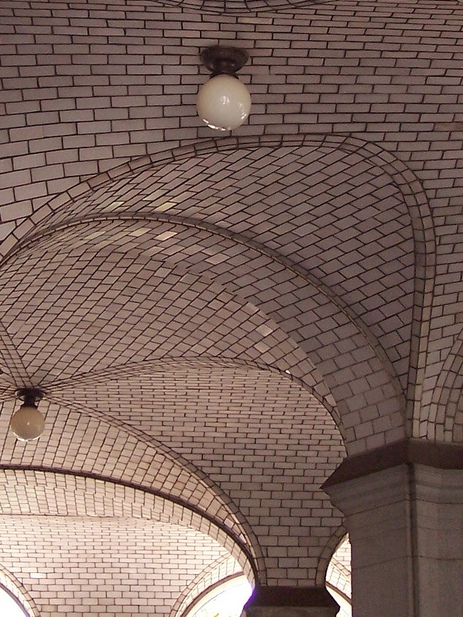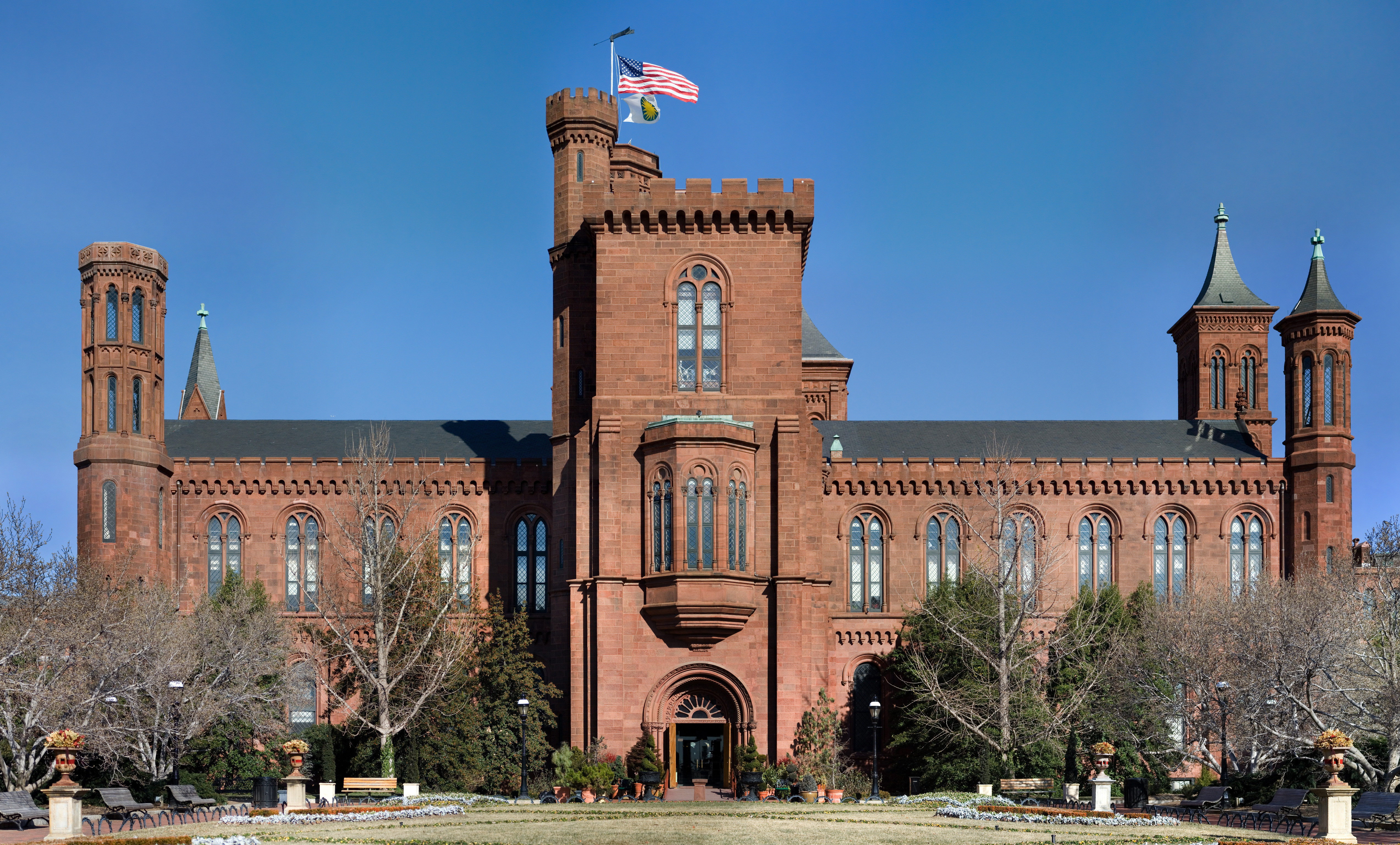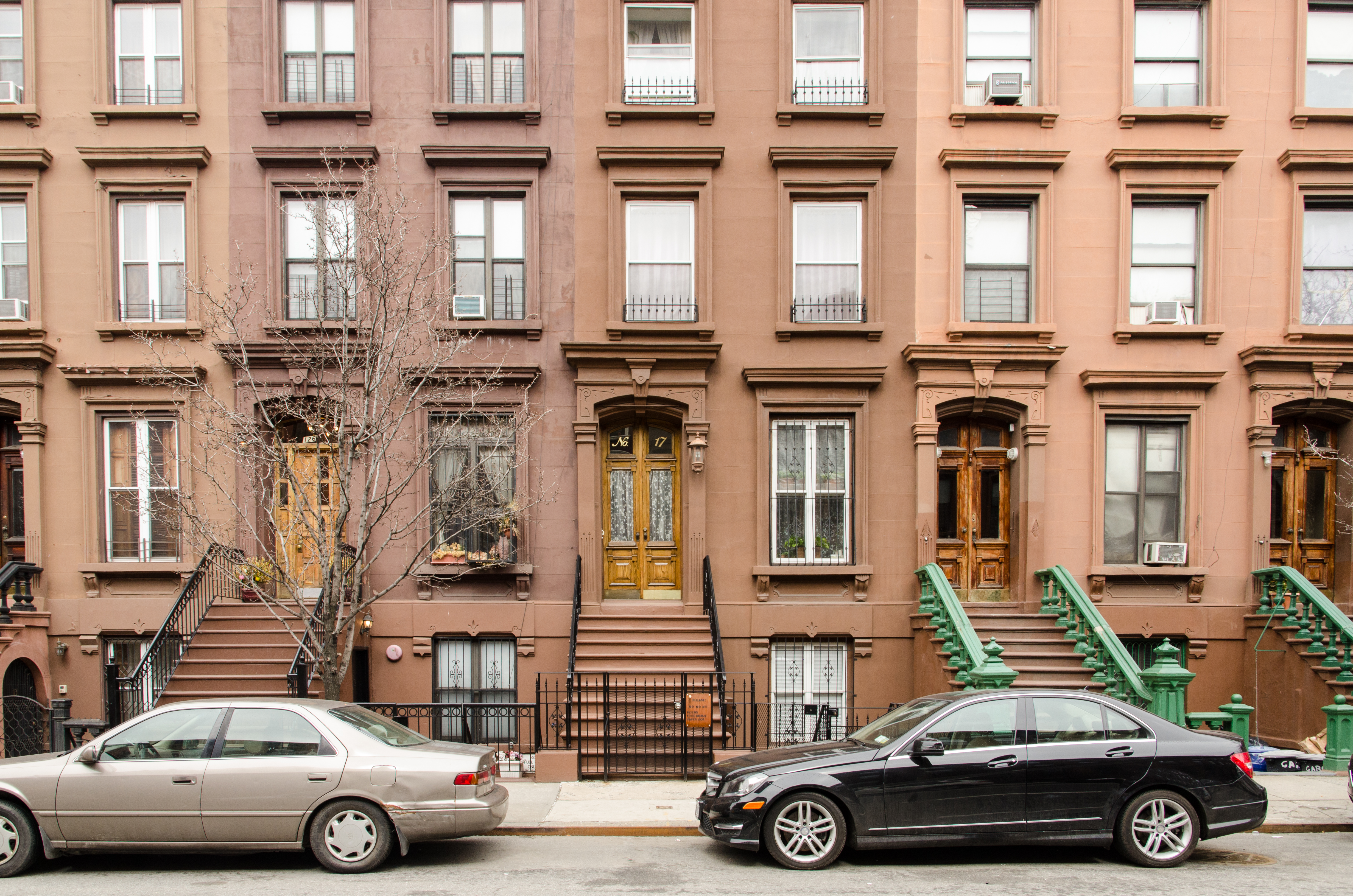|
Glazed Architectural Terracotta
Glazed architectural terra cotta is a ceramic masonry building material used as a decorative skin. It was popular in the United States from the late 19th century until the 1930s, and is still one of the most common building materials found in U.S. urban environments. It is the glazed version of architectural terracotta; the material in both its glazed and unglazed versions is sturdy and relatively inexpensive, and can be molded into richly ornamented detail. Glazed terra-cotta played a significant role in architectural styles such as the Chicago School and Beaux-Arts architecture. History The material, also known in Great Britain as faience and sometimes referred to as "architectural ceramics", was closely associated with the work of Cass Gilbert, Louis Sullivan, and Daniel H. Burnham, among other architects. Buildings incorporating glazed terra-cotta include the Woolworth Building in New York City and the Wrigley Building in Chicago. Glazed architectural terra-cotta off ... [...More Info...] [...Related Items...] OR: [Wikipedia] [Google] [Baidu] |
Woolworth Building
The Woolworth Building is an early skyscraper, early American skyscraper designed by architect Cass Gilbert located at 233 Broadway (Manhattan), Broadway in the Tribeca neighborhood of Manhattan in New York City. It was the tallest building in the world from 1913 to 1930, with a height of . More than a century after its construction, it remains one of the List of tallest buildings in the United States, 100 tallest buildings in the United States. The Woolworth Building is bounded by Broadway and City Hall Park to its east, Park Place to its north, and Barclay Street to its south. It consists of a 30-story base topped by a 30-story tower. Its facade is mostly decorated with architectural terracotta, though the lower portions are limestone, and it features thousands of windows. The ornate lobby contains various sculptures, mosaics, and architectural touches. The structure was designed with several amenities and attractions, including a now-closed observatory on the 57th floor and ... [...More Info...] [...Related Items...] OR: [Wikipedia] [Google] [Baidu] |
Guastavino Tile
The Guastavino tile arch system is a version of Catalan vault introduced to the United States in 1885 by Spanish architect and builder Rafael Guastavino (1842–1908). It was patented in the United States by Guastavino in 1892. Description Guastavino vaulting is a technique for constructing robust, self-supporting arches and architectural vaults using interlocking terracotta tiles and layers of mortar to form a thin skin, with the tiles following the curve of the roof as opposed to horizontally (corbelling), or perpendicular to the curve (as in Roman vaulting). This is known as timbrel vaulting, because of supposed likeness to the skin of a timbrel or tambourine. It is also called Catalan vaulting (though Guastavino did not use this term) and "compression-only thin-tile vaulting". Guastavino tile is found in some of the most prominent Beaux-Arts structures in New York and Massachusetts, as well as in major buildings across the United States. In New York City, these incl ... [...More Info...] [...Related Items...] OR: [Wikipedia] [Google] [Baidu] |
Crystal Lake, Illinois
Crystal Lake is a city in McHenry County in the U.S. state of Illinois. Named after a lake southwest of the city's downtown, Crystal Lake is 45 miles northwest of Chicago. The population is 40,269 as of the 2020 Census, a 1.2% decrease from 2010. Crystal Lake is the largest city in McHenry County, part of the Chicago metropolitan area. History Founding The City of Crystal Lake traces its origin to two separate communities which were established in the 1800s. Those communities were generally known as Nunda and Crystal Lake. In 1835, Ziba S. Beardsley had come to the shores of the lake and commented that the "waters were as clear as crystal", thereby giving the lake its name. Ziba Beardsley continued south to Naperville. In February 1836, the first white settlers, Beman and Polly Crandall and six of their ten children, came from New York State traveling to Crystal Lake in a covered wagon. Their original cabin was built in the vicinity of today's intersection of Virginia Street ... [...More Info...] [...Related Items...] OR: [Wikipedia] [Google] [Baidu] |
Fireproofing
Fireproofing is rendering something (structures, materials, etc.) resistant to fire, or incombustible; or material for use in making anything fire-proof. It is a passive fire protection measure. "Fireproof" or "fireproofing" can be used as a noun, verb or adjective; it may be hyphenated ("fire-proof"). Applying a certification listed fireproofing system to certain structures allows them to have a fire-resistance rating. The term "fireproofing" may be used in conjunction with standards, as reflected in common North American construction specifications. An item classed as fireproof is resistant in specified circumstances, and may burn or be rendered inoperable by fire exceeding the intensity or duration that it is designed to withstand. Markets * Commercial construction * Residential construction * Industrial construction * Marine (ships) * Offshore construction * Aerodynamics * Tunnel concrete walls and ceilings or linings * Under- and above-ground mining operations Applicati ... [...More Info...] [...Related Items...] OR: [Wikipedia] [Google] [Baidu] |
James Renwick, Jr
James Renwick Jr. (born November 11, 1818, Bloomingdale, in Upper Manhattan, New York City – June 23, 1895, New York City) was an American architect in the 19th century. ''The Encyclopedia of American Architecture'' calls him "one of the most successful American architects of his time". Life and work Renwick was born into a wealthy and well-educated family. His mother, Margaret Brevoort, was from a wealthy and socially prominent New York family. His father, James Renwick, was an engineer, architect, and professor of natural philosophy at Columbia College, now Columbia University. His two brothers were also engineers. Renwick is buried in Green-Wood Cemetery in Brooklyn, New York, with his wife and father. Renwick was not formally trained as an architect. His ability and interest in building design were nurtured through his cultivated background, which granted him early exposure to travel, and through a broad cultural education that included architectural history. He learn ... [...More Info...] [...Related Items...] OR: [Wikipedia] [Google] [Baidu] |
Richard Upjohn
Richard Upjohn (22 January 1802 – 16 August 1878) was a British-born American architect who emigrated to the United States and became most famous for his Gothic Revival churches. He was partially responsible for launching the movement to such popularity in the United States. Upjohn also did extensive work in and helped to popularize the Italianate style. He was a founder and the first president of the American Institute of Architects. His son, Richard Michell Upjohn, (1828-1903), was also a well-known architect and served as a partner in his continued architectural firm in New York.Doumato, Lamia. Richard Upjohn, Richard Michell Upjohn, and the Gothic Revival in America. Monticello, Ill: Vance Bibliographies, 1984. Upjohn, Everard M. Richard Upjohn, Architect and Churchman. New York: Columbia University Press, 1939. Life and career Richard Upjohn was born in Shaftesbury, England, where he was apprenticed to a builder and cabinet-maker. He eventually became a master-mechanic ... [...More Info...] [...Related Items...] OR: [Wikipedia] [Google] [Baidu] |
Brownstone
Brownstone is a brown Triassic–Jurassic sandstone that was historically a popular building material. The term is also used in the United States and Canada to refer to a townhouse clad in this or any other aesthetically similar material. Types Apostle Island brownstone In the 19th century, Basswood Island, Wisconsin was the site of a quarry run by the Bass Island Brownstone Company which operated from 1868 into the 1890s. The brownstone from this and other quarries in the Apostle Islands was in great demand, with brownstone from Basswood Island being used in the construction of the first Milwaukee County Courthouse in the 1860s. Hummelstown brownstone Hummelstown brownstone is extremely popular along the East Coast of the United States, with numerous government buildings throughout West Virginia, Pennsylvania, New York, Maryland, and Delaware being faced entirely with the stone, which comes from the Hummelstown Quarry in Hummelstown, Pennsylvania, a small town outside of Har ... [...More Info...] [...Related Items...] OR: [Wikipedia] [Google] [Baidu] |
Limestone
Limestone ( calcium carbonate ) is a type of carbonate sedimentary rock which is the main source of the material lime. It is composed mostly of the minerals calcite and aragonite, which are different crystal forms of . Limestone forms when these minerals precipitate out of water containing dissolved calcium. This can take place through both biological and nonbiological processes, though biological processes, such as the accumulation of corals and shells in the sea, have likely been more important for the last 540 million years. Limestone often contains fossils which provide scientists with information on ancient environments and on the evolution of life. About 20% to 25% of sedimentary rock is carbonate rock, and most of this is limestone. The remaining carbonate rock is mostly dolomite, a closely related rock, which contains a high percentage of the mineral dolomite, . ''Magnesian limestone'' is an obsolete and poorly-defined term used variously for dolomite, for limes ... [...More Info...] [...Related Items...] OR: [Wikipedia] [Google] [Baidu] |
Granite
Granite () is a coarse-grained (phaneritic) intrusive igneous rock composed mostly of quartz, alkali feldspar, and plagioclase. It forms from magma with a high content of silica and alkali metal oxides that slowly cools and solidifies underground. It is common in the continental crust of Earth, where it is found in igneous intrusions. These range in size from dikes only a few centimeters across to batholiths exposed over hundreds of square kilometers. Granite is typical of a larger family of ''granitic rocks'', or ''granitoids'', that are composed mostly of coarse-grained quartz and feldspars in varying proportions. These rocks are classified by the relative percentages of quartz, alkali feldspar, and plagioclase (the QAPF classification), with true granite representing granitic rocks rich in quartz and alkali feldspar. Most granitic rocks also contain mica or amphibole minerals, though a few (known as leucogranites) contain almost no dark minerals. Granite is nearly alway ... [...More Info...] [...Related Items...] OR: [Wikipedia] [Google] [Baidu] |
Luca Della Robbia
Luca della Robbia (, also , ; 1399/1400–1482) was an Italian Renaissance sculptor from Florence. Della Robbia is noted for his colorful, Tin-glazed pottery, tin-glazed terracotta statuary, a technique which he invented and passed on to his nephew Andrea della Robbia and great-nephews Giovanni della Robbia and Girolamo della Robbia. Though a leading sculptor in stone, he worked primarily in terracotta after developing his technique in the early 1440s. His large workshop produced both cheaper works cast from molds in multiple versions, and more expensive one-off individually modeled pieces. The vibrant, polychrome glazes made his creations both more durable and expressive. His work is noted for its charm rather than the drama of the work of some of his contemporaries. Two of his famous works are ''The Nativity'' () and ''Madonna and Child'' (). In stone his most famous work is also his first major commission, the choir gallery, ''Cantoria'' in the Florence Cathedral (1431–143 ... [...More Info...] [...Related Items...] OR: [Wikipedia] [Google] [Baidu] |








